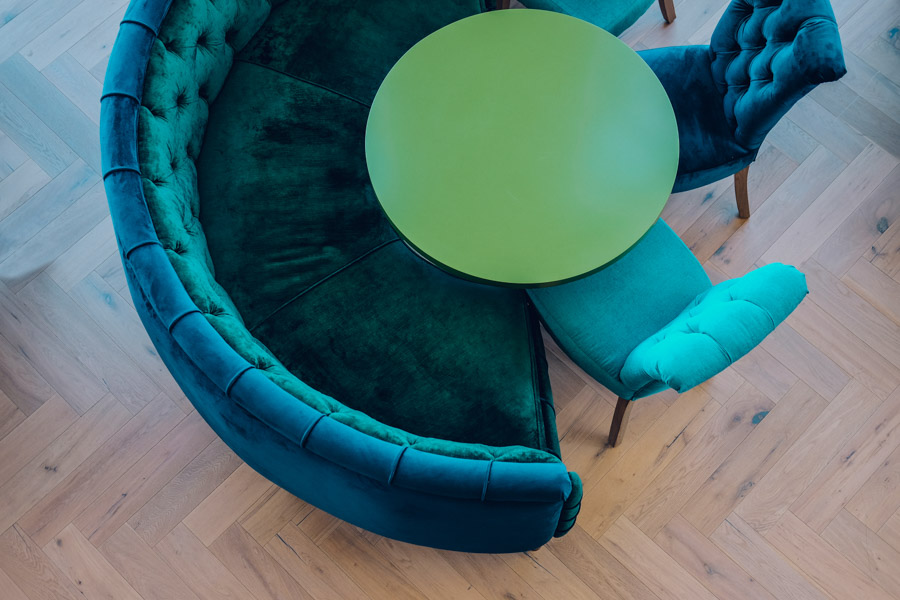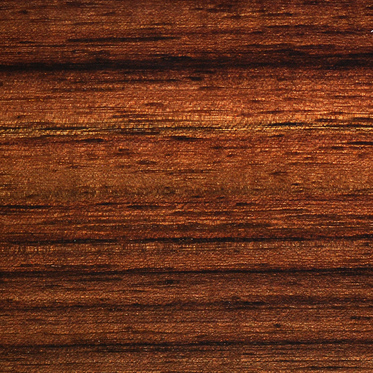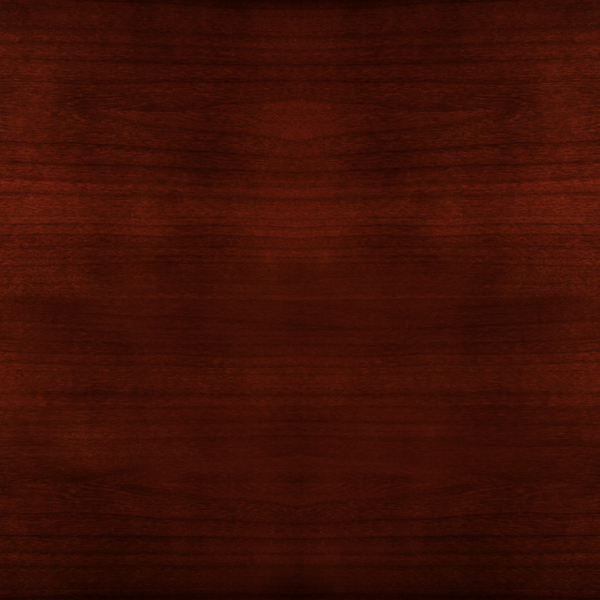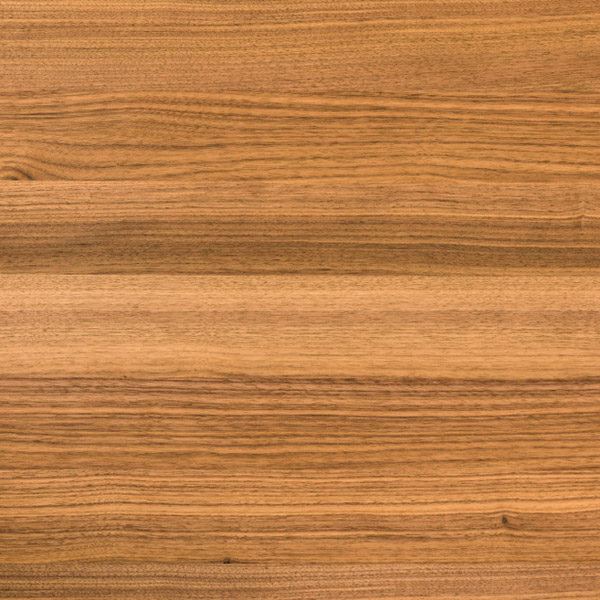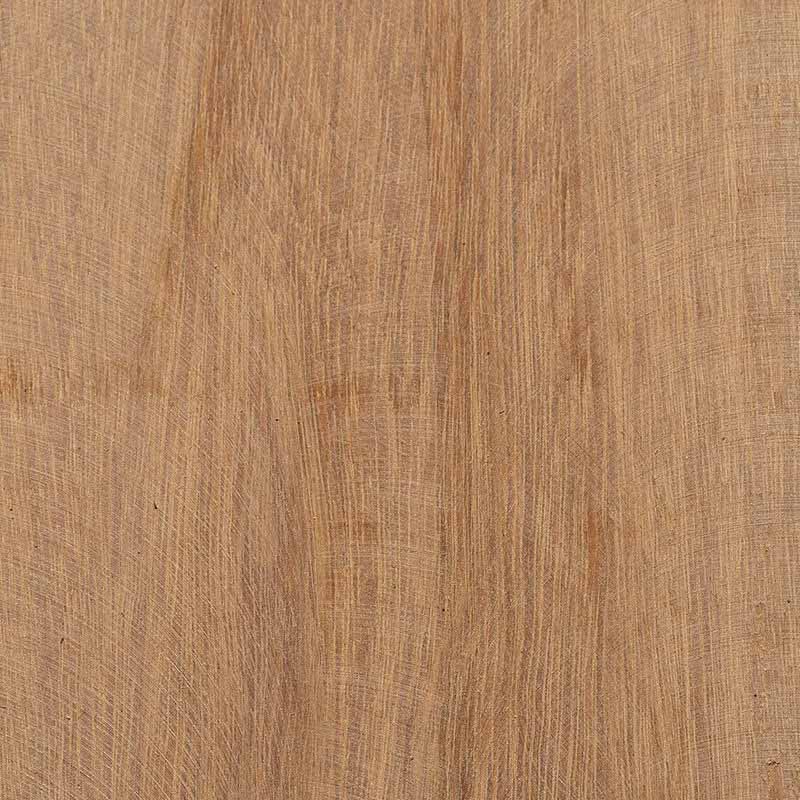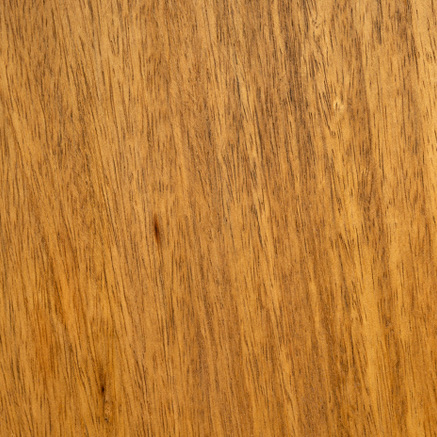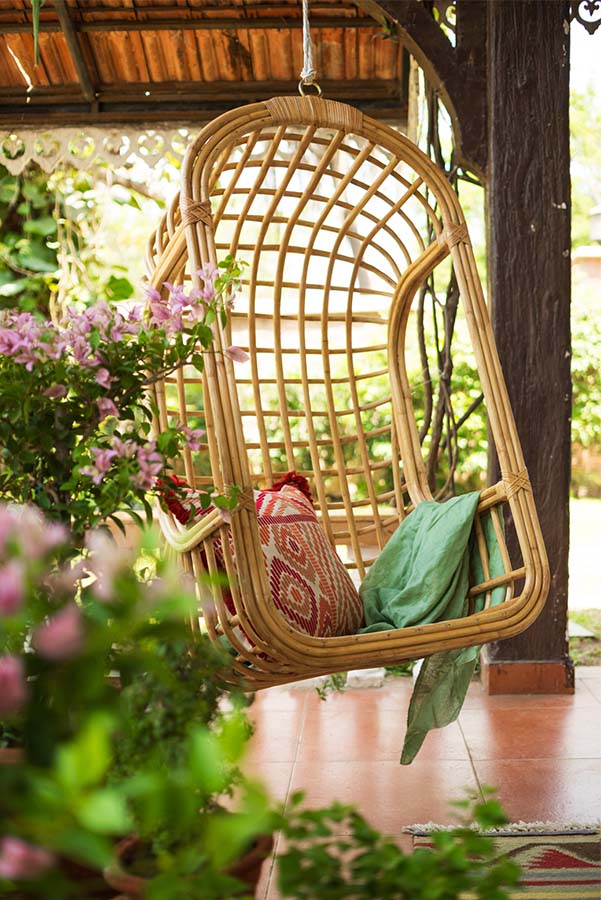Kitchens
- Category Name
- Kitchens
Get an approximate budget for your kitchen design by sharing your space details.
Speak to our design professionals
Share your info, we’ll book your slot.
Will you be living in your space during the renovation?
 Previous Question
Previous Question
 Previous Question
Previous Question
Please Select Date and Day
Appointment Date & time

If you have been shopping for furniture and are confused about the different descriptions of the materials, you are not alone. From natural solid woods to the manmade engineered wood varieties, there are a lot of options in the market today that make even buying a chair a mind-boggling task. We have created a comprehensive guide to walk you through the different kinds of wood available in the market, the pros and cons of each and their uses.
What is engineered wood?
Engineered or composite wood includes a range of products. These factory-made materials are created using a mixture of wood fibres, sawdust, glues, resin and chemicals. The exterior design is improved using natural wood veneers or decorative laminates. Engineered wood can be quite durable and some versions are waterproof making it good for use in areas like bathrooms. It is also suitable for decorative wall claddings, ceiling panels, flooring, wardrobes, desks, bookshelves and modular kitchens. If you are using it for items like wall claddings, furniture, wardrobes, cabinetry, etc., you will need to finish it with paint, veneers or laminates.
Popular kinds of engineered wood used in India
PLYWOOD
Plywood is made using thin layers of solid wood that are glued together to form a single board.
Pros: Since it is somewhat resistant to weather conditions, plywood doesn’t bend, warp or crack easily. Plywood also holds screws and nails tightly and is flexible enough to be bent for curved surfaces.
Cons: Some varieties are made with chemicals containing formaldehyde so look for the formaldehyde-free options. Additionally, the final product needs to be finished with veneers, laminates or paints which is an added cost.
Uses: Available in boards of different thicknesses, the durable material can be used for a variety of purposes from furniture, doors, wall and ceiling panels to flooring, wardrobes, handrails and kitchen hardware. For outdoor applications and use in wet areas like bathrooms, go in for BWR (boiling water resistant) or Marine plywood varieties. Manufactured with no gaps or hollows, these varieties are water-resistant and are treated to make them mould and insect resistant as well.
Mdf Or Medium Density Fibreboard
MDF boards are made by combining wood fibres with wax and a resin binder and forming panels using high temperature and pressure.
Pros: This fairly inexpensive option is easy to work with, allowing for drilling and cutting. It can also be treated to make it resistant to termites.
Cons: MDF, however, tends to sag without support so don’t use it to make shelves and surfaces that carry heavy weights. It is not good in wet areas like outdoors and bathrooms as it soaks up water over time. Since it doesn’t tightly hold screws, rough use can cause features like hinges to come off. MDF boards are manufactured using chemicals that contain VOCs (volatile organic compounds) which can emit harmful gases when being cut and sanded.
Uses: Common uses include making furniture like wardrobes, beds and desks finished with a veneer, paint or laminate. It is a good choice for decorative panels and partitions with intricate designs as well as ceiling and wall claddings.
Particleboard Or Low-density Fibreboard
Made using wood chips, sawdust and synthetic resin glued together and pressed into sheets, particleboard is similar to MDF.
Pros: This material is very budget-friendly. With proper treatments, particleboard can be made water and insect resistant.
Cons: It is not as durable as MDF and shouldn’t be used for items that hold hefty loads. It absorbs moisture and cannot hold screws tightly. It also emits formaldehyde and tends to sag over time without support.
Uses: Its main uses include countertops where there is a strong structural framework, as an underlying layer for cabinet doors for decorative accents like window and door trims and ceiling mouldings.
Understanding solid wood
Using solid wood for furniture, flooring and other applications is quite an expensive undertaking. However, these pieces are of great quality, structurally sound and will last a lifetime. If your heart is set on picking up a few beautiful natural wood items for your home, an affordable option is to scour second-hand markets.
Essentially, solid wood can be broadly classified as hardwoods and softwoods. Usually, hardwoods come from flowering trees like mahogany, teak, oak or walnut trees while softwoods come from coniferous trees like pine and deodar trees. Hardwoods take longer to grow and are denser than softwoods. Hardwoods are also rougher in texture and display prominent, distinct natural grain while softwoods are smoother with a lighter grain.
Popular types of solid wood used in India
HARDWOOD
Hardwoods are strong and durable as well as moisture, insect and rot-resistant. When seasoned and maintained properly, hardwoods are great for exterior structures as well as flooring.
TEAK
Teak woods are some of the hardest woods and are not vulnerable to scratches and chips. Being water-resistant, it also has a high oil content which makes it good for both dry and humid climates. This colour varies with species, running from a dark brown to a golden tinge with a beautiful straight grain. Some of the most expensive options, teak woods are used to make premium pieces, especially those that require a high-end look, for instance, an elaborate dining set or a beautiful four-poster bed. Teak wood is perfect for furniture that can be polished, though it does work well with varnish and stains as well.
Indian Rosewood Or Sheesham
The colour of Sheesham varies from golden to deep reddish-brown with natural dark streaks. Its medium coarse texture is preferred for creating carved furniture and ornamental pieces. Another expensive option, the wood doesn’t crack easily and is naturally resistant to decay and insects, making it highly long-lasting. It can also endure varying temperatures making it good for the Indian climate.
MAHOGANY
Mahogany is a less expensive option than the first two for furniture. It does not warp or swell with changing weather conditions. It has a red-toned brown colour with a distinct striped grain. It is also fade and scratch resistant while being able to withstand dry air and high temperatures. It’s rich and lustrous sheen lends well to high-end pieces as well as carved and decorative elements.
OAK
Oakwood doesn’t warp easily and is great for sturdy pieces like wardrobes, cabinetry and bookshelves. Another strong and dense wood, it can range from medium to dark brown with an exquisite grain pattern that works perfectly with a clear finish. The wood, however, tends to undergo a natural colour change over time which can impart character or inconsistencies in appearance to your furniture, depending on your tastes. It is also susceptible to scratches as such doesn’t suit high-traffic areas.
WALNUT
Walnut is a rich chocolate brown wood with a straight grain that looks elegant when oiled or finished with a clear coat. The strong wood can take intricate carvings well and is a great pick for decorative pieces like dining sets and headboards. Resistant to warping, this wood requires very little maintenance.
Sal Wood
Sal wood is tough, dense, and resistant to moisture, fungi and termites. These properties make it perfect for structural pieces like door and window frames as well as beams. It can be painted but doesn’t take well to polish. Working with the wood is very difficult, as such it doesn’t lend well to making furniture. It also changes colour with exposure to sunlight, making it less desirable for exterior surfaces and applications.
Mango Wood
Mango wood comes in quite a range of colours, with a straight, interlocking grain. This water-resistant option displays a light-to-golden brown colour. It is easy to craft and takes well to staining and polishing. While being a good option for indoor furniture, it requires a lot of upkeep for exterior structures.
SOFTWOOD
Softwoods are easier to work with and are less expensive than hardwoods. Since these trees grow faster, they are also a more sustainable source of solid wood. However, their lower density makes them not as durable so softwoods are less suitable for high-traffic areas.
Himalayan Cedar Or Deodar
This wood is inexpensive, requires very little maintenance and highly resistant to fungal growth. It is commonly used to build the basic frameworks for furniture and inner panels of wardrobes, perfect for humid climates vulnerable to mould.
PINEWOOD
The creamy white to yellow-toned pinewood is inexpensive, fairly sturdy and lightweight. It has a prominent grain with darker knots. Though beautiful in its natural form with a clear coat, it also takes well to staining and painting. However, it does dent and scratch easily so don’t look at pinewood for timeless pieces. Its common uses include wall claddings, feature ceilings, cabinetry and kids’ furniture.
The pros and cons of solid wood
From furniture to decorative elements to structural framework, going in for solid wood gives you peace of mind because you know you have a beautiful, strong and good quality piece. Solid wood furniture is highly recommended as it will last a lifetime, can be easily refinished or repaired. Solid wood also does not emit any hazardous fumes and has great resale value.
However, it is more expensive than engineered wood. Additionally, since hardwoods are denser, they can sometimes be difficult to cut, hence more challenging to work with. At the end of the day, this is still a natural material. While different types of solid woods are resistant to moisture and weather, there is still a chance of vulnerability to the elements. Wood has the propensity to absorb moisture from the air. This can lead to warping of the wood and fungal growth. Make sure to choose the wood that has been properly seasoned, dried and treated for termites before using it. Know more about Mdf vs plywood which material to choose.
Should you consider bamboo?
A sustainable alternative to solid wood is bamboo. Bamboo is a grass that grows to maturity in five years. These rapidly growing plants can be harvested every second year for up to 120 years. When cured, dried and treated correctly, the shoots are very strong, hard, stable and durable. The beautiful material has many applications from furniture and lighting to flooring and wall cladding with elegant results. The lightweight material is also less expensive than hardwood and easy to maintain. However, keep in mind that this material, though strong, is susceptible to dents and scratches. So, bamboo flooring does tend to get surface nicks and blemishes, though they can be sanded or buffed out to a certain extent. The material is also vulnerable to extreme humidity and moisture as well as very dry environments. Finally, while bamboo can impart an elegant and contemporary look to your space, there a very few colour options to choose from.
For expert design consultation, send us your details and we’ll schedule a call
Yes, I would like to receive important updates and notifications on WhatsApp.
By proceeding, you are authorizing Beautiful Homes and its suggested contractors to get in touch with you through calls, sms, or e-mail.
Our team will contact you for further details.
We were unable to receive your details. Please try submitting them again.




